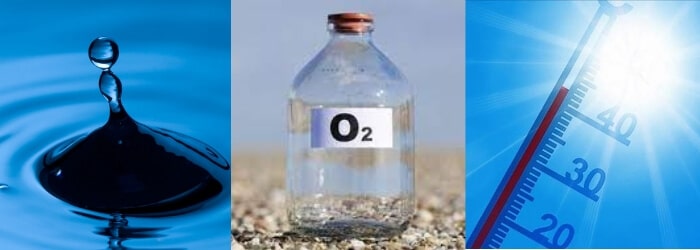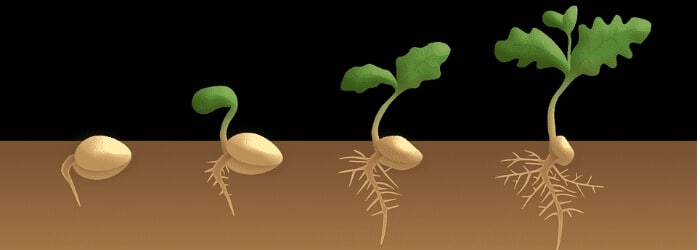Seed germ
ination is the gradual transformation of a seed unit into a plant. This active growth process entails the development of the embryo in the seed coat into a new young plant (seedling). Various plants require different ideal conditions to germinate their seeds, usually a combination of different levels or amounts of oxygen, water, temperature, and light.
In scientific terms, the germination of a seed starts when the seed imbibes water, which activates enzymatic and respiratory activities. This is followed by the digestion, translocation, and assimilation of food and nutrients packed by the embryo. All of these lead to the eventual growth and development of a seedling–a process called sprouting.
How Long Does Seed Germination Take?
The first and most important step in seed germination is to provide an optimal environment. A seed will germinate quickly if the necessary germination conditions are met. That said, the seed germination timeframe can range from a few days up to a couple of weeks or even months.
In most cases, an environment with optimal moisture content, temperature, and lighting will facilitate fast growth. The type of seed and the depth of the planted seed in the soil are also contributory factors. For instance, vegetable seeds usually take more time to germinate (two to three weeks) than flower seeds (four to seven days).
What Are The Requirements For Seed Germination?
Seed germination will only occur when the conditions are favorable. However, “favorable” conditions differ across plant species. Let’s look at the four essential factors that contribute to favorable germination conditions for the seed of most plants.
1. Water
The role of water in seed germination is essential. The dry nature of most seeds means they need a considerable amount of water to activate the germination process. Water helps dissolve oxygen for the growing embryo, softens the seed coat, and makes the seed permeable. It also facilitates the conversion of insoluble food to a soluble form, which can be translocated as required.
2. Oxygen
Oxygen or air is another important requirement for optimal seed germination. Seeds depend on oxygen to respirate aerobically until the leaves come out. In addition, oxygen is the primary energy source for the metabolic processes involved in seed germination.
3. Temperature
Seeds require an optimal temperature range to activate their germination process. Therefore, most protoplasmic activities occur at very low or high temperatures. The temperature requirements differ across seed types, but the standard range is between 25 and 30 degrees Celsius.
4. Light
Most seeds cannot germinate in the dark. Therefore, depending on where you are planting, you will need to expose your seed to natural lighting (sunlight) or artificial lighting (grow light) to activate germination.

What Equipment Can You Use To Facilitate Seed Germination?
In addition to providing an optimal environment, some equipment can help facilitate the quick germination of seeds, especially when growing indoors. Here are a few of such pieces of equipment;
Seed Starting Trays are important for seed germination. Considering baby plants are best watered from the bottom rather than the top, using a seed starting tray without drainage holes allows you to do that. You can either get the regular or heavy-duty plant trays; the latter is more expensive but also more durable.
Seed Starting Medium is the medium on which you plant your seeds. The content of your seed starting medium will depend on the nutrient requirements of the seed in consideration. You can either buy a starting medium from the store or look up how to create one online.
Seedling Heating Mats come in handy for seeds of plants like peppers and tomatoes, which require an above-average temperature level for germination. Heating mats are designed to raise soil temperature to facilitate germination. Please check your seed packet to know the recommended temperature for safe and optimal germination.
Grow Lights are essential when growing seeds indoors. While placing your seedlings by a window is an option, it leaves your seed with insufficient lighting, resulting in leggy, weak, and unhealthy plants. On the other hand, grow lights provide a consistent and sufficient amount of lighting required for optimal germination and growth.
Other seed starting equipment include:
- plant tray covers or humidity domes
- pots for potting and transplanting

In Conclusion
Your success as an indoor grower starts right from seed germination. You can only record maximum growth and yield when your seeds germinate properly. The requirements for germination are different for all seeds. It is vital to research and know what works best for the seeds you are planting. In addition to making the environment ideal for germination, you should introduce effective equipment like heating mats, seed trays, and more for optimal germination and growth.
Feel free to check our catalog for the best seed germination equipment for your use.
Source link
